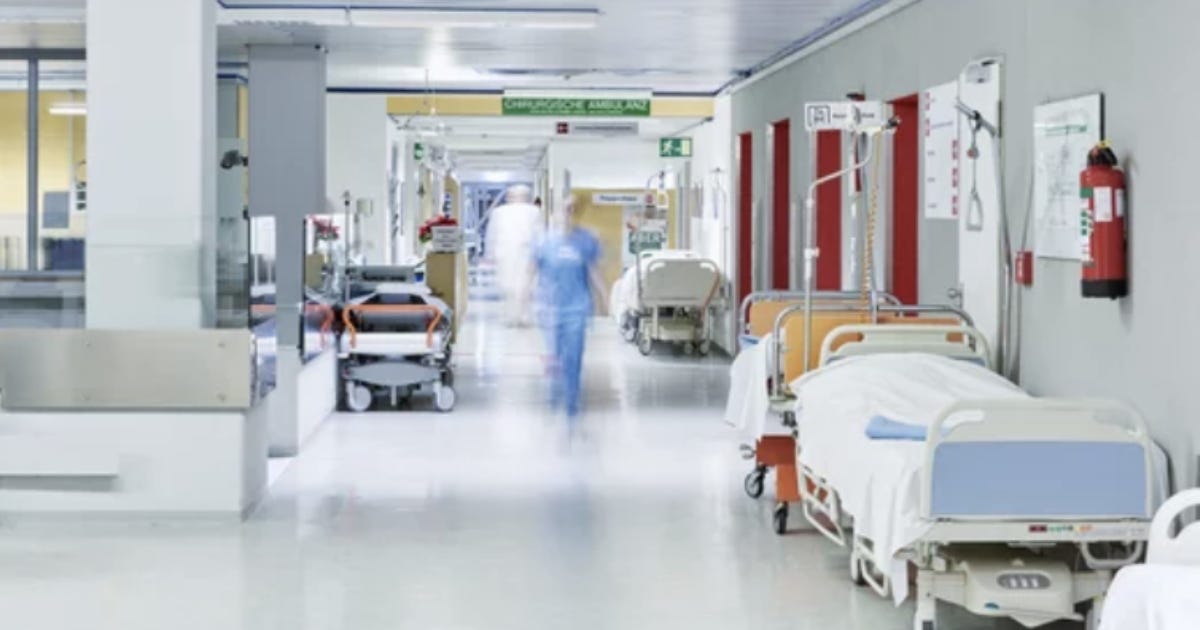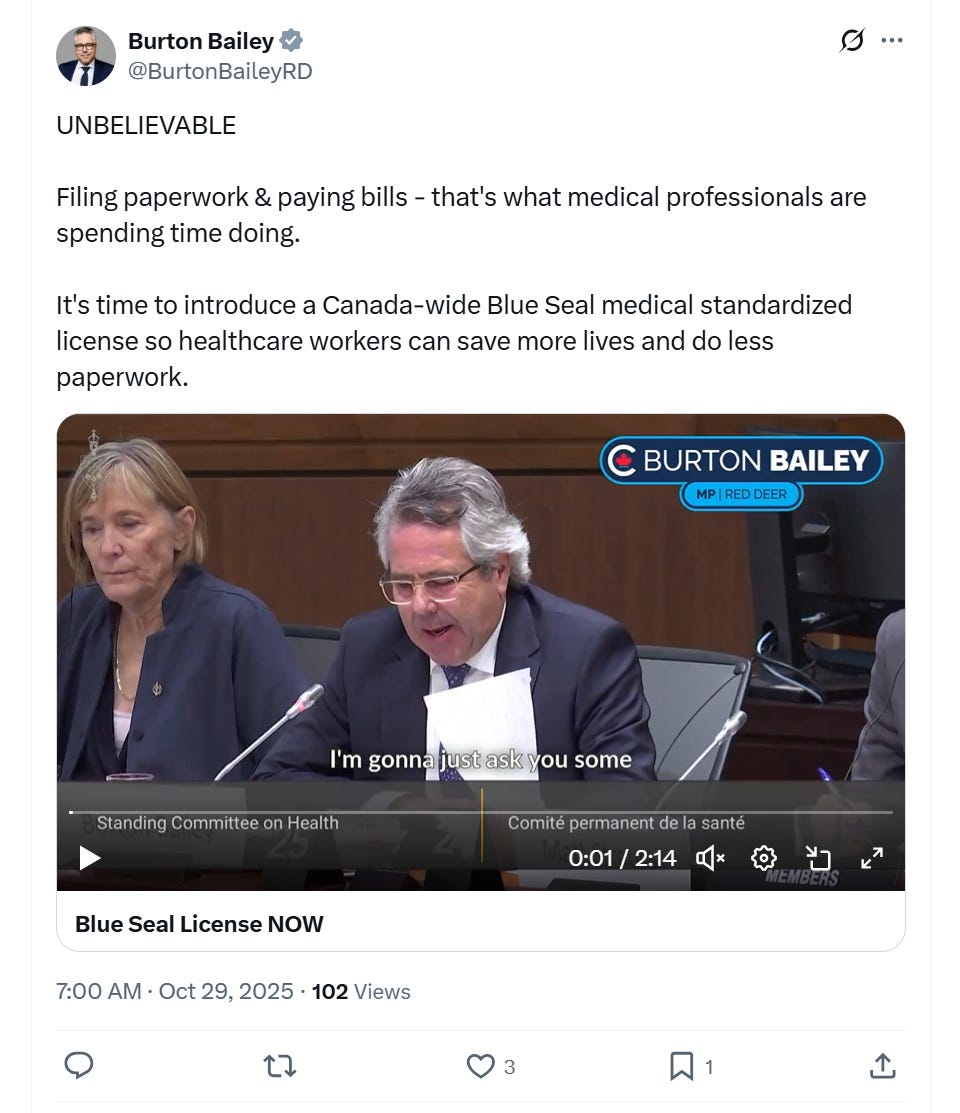Doctors demand end to interprovincial licensing barriers
Canada’s healthcare system is facing a critical staffing shortage, and medical professionals, regulators, and student advocates are demanding action.
Canada’s healthcare system is facing a critical staffing shortage, and medical professionals, regulators, and student advocates are demanding action. They’re urging the federal government to tear down interprovincial barriers and bureaucratic hurdles preventing qualified medical personnel from working where they’re needed most.
During a House of Commons’ health committee Tuesday, health professionals aiming to reduce staffing shortages and alleviate Canada’s overwhelmed health-care system called for a nationally recognized medical licence and to reform the currently fragmented and “onerous” system.
Dr. Arun Anand, an anesthesiologist and cofounder of several initiatives to improve medical access in Alberta, testified that credentialing barriers and costly fees prevent doctors from working in underserved and vulnerable populations.
Anand testified he pays more than $20,000 annually to practise across Canada. He said medical college dues alone in each province range between $2,000 and $3,000, and that is before professional association dues, which he said “constantly multiply” when doctors register in multiple provinces. He said his Canadian Medical Protective Association dues in Ontario are about $11,000 alone, and there isn’t “much reimbursement offered.”
Anand said the barriers dissuade doctors from working interprovincially, noting he gave up his Manitoba licence due to the bureaucracy and costs associated with maintaining several licences. He noted that certification premium costs vary by region, “adding friction to interprovincial service” and causing many to drop licences in some provinces.
He added that fragmented provincial licences show Canada has “inconsistent pathways” for doctors to practise between provinces.
“A colleague of mine qualified through Alberta’s practice Readiness Assessment cannot work in B.C., but somehow it’s safe to practise in Alberta,” Anand said. “A pan-Canadian licence, or true mutual recognition, would at least partially help address some of the workforce challenges.”
Anand said recency-of-practice requirements should also be reformed to streamline the process for internationally trained graduates to acquire their licence in Canada. He also added that the federal immigration department should focus on obtaining the roughly 80,000 foreign-trained Canadians not working in health care before attempting to bring in more immigrant doctors.
https://x.com/BurtonBaileyRD/status/1983263079359041950
Geoffrey Barnum, senior manager of data at the Canadian Post-M.D. Education Registry (CAPER), noted their institution does not have access to data on how many internationally trained physicians are in the country. He said the only time they know they exist is if one of these physicians contacts medical faculties, which report the information to CAPER.
CAPER tracks and analyzes data on postgraduate medical education, which helps medical institutions plan for physicians and residency positions. Residency positions, or their equivalent, are essential for getting a licence in Canada. He said the federal government should provide that data and introduce “some sort of data connection between the licensures and Canada’s immigration programs.”
Eva Slawecki, an adviser to the Canadian Medical Foundation with internationally educated health professionals, noted that in 2021, an estimated 260,000 internationally educated health professionals were in Canada, but only 76 per cent were employed, and only 58 per cent were working in health-related occupations.
She noted that Canada is good at bringing qualified people to the country, but when these professionals arrive with the hope and expectation to practise their skills in Canada, they “encounter a labyrinth” that “squanders” their training and expertise.
“The core issue lies in the barriers to licensing. First, the pathways themselves are complex and fragmented. What seems straightforward on an immigration application becomes a maze of assessments, exams and bridging programs,” she said in her testimony. “A doctor trained abroad might spend years navigating equivalency requirements only to find their credentials outdated.”
She said the longer the licensing process, the more likely it is for them to lose their recency-of-practice requirements, forcing them to redo steps in the process, with no end in sight.
Liberal MP Sonya Sidhu asked Slawecki how the Liberals could attract more doctors to Canada. Slawecki suggested Sidhu was missing the point.
“I don’t know that the issue is ‘what do we need to do more to get them to come?’ I think the issue is that we have people already in the country who need support. Because they haven’t been adequately supported once they’re arriving and getting into the practice, we’re seeing these gaps.”
Conservatives haveconsistently revealed, throughout health committees over the last few months, that the Liberal government has failed to consult medical professionals when planning immigration policy.





My dad would say "there's been a doctor shortage for 39 years"! Why aren't we focused on training Canadians instead of bringing in immigrants?!?